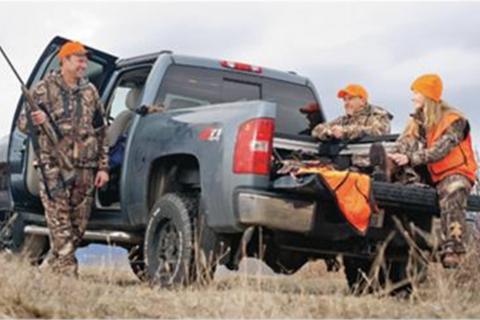
While there is no reason to live in fear, there is certainly reason enough for taking precautions toward ensuring personal protection wherever you are. At home or on the road, personal safety is simply a matter of creating and practicing good habits. Repetitively practicing behaviors, tactics and even simple, everyday acts to ensure your personal safety while entering and exiting a vehicle will reduce your chances of becoming a target while also increasing confidence in your own ability to keep yourself, as well as your belongings, safe, secure and protected.
With familiarity comes comfort, and oftentimes as you drive around the area you call home – be it a small town or a bustling metropolitan center – this feeling of comfort can result in a relaxed awareness of your physical surroundings. Remaining alert and aware of the things and people that are present in your environment is the first step to ensuring your own protection.
Choosing an easily accessible parking space in a well-lit area that's located as close as possible to your destination is an essential, and often overlooked, precautionary measure. No matter how much of a rush you are in, never park in back alleys, spaces that are blocks away from your destination or dark, unlit areas of parking lots. Always be sure to check your surroundings before opening your door. If someone or something strikes you as being out of place, leave the area immediately.
Always remain alert and aware of the things and people that are present in your environment.
Stopping to search through a bag, purse or briefcase, or talking on your cell phone only serves to distract you from your surroundings. Perform a quick scan of your vehicle before opening any doors or getting inside. Note anything that looks a bit out of the ordinary an open door, broken window or anything else that makes you feel uncomfortable. Upon entering your vehicle, your first action (yes, even before putting the key in the ignition) should be to lock all windows and doors.
In most states, firearms may be transported legally if they are unloaded, cased and locked in the automobile trunk or otherwise inaccessible to the driver or any passenger.
Whether you're an avid hunter, competitive shooter, beach-going vacationer or just between residences, when it comes to transporting ammunition and firearms, caution and common sense are key. While there is no uniform transportation procedure, in most of the United States, all personally owned firearms – handguns, shotguns and rifles may be legally transported via motor vehicle as long as they're not loaded; are secured in a case and remain locked in the trunk of your automobile, a locked container or are otherwise inaccessible to the driver and any other passengers in the vehicle at all times.
As an additional precaution, firearms could even be disassembled prior to transport and safely stowed in a location that's separate from ammunition. If you're traveling in a vehicle without a trunk, firearms and ammunition must be secured in locked containers, not simply in the glove box or center console. As soon as any firearm is kept in a readily accessible location within a vehicle, carried on or about the person, all state and local firearms laws regarding concealed carry are immediately relevant. Also, keep in mind that once you've reached your destination, the control of ownership, possession and transportation of your gun will fall under the jurisdiction of local municipal law.
- 2395 views

